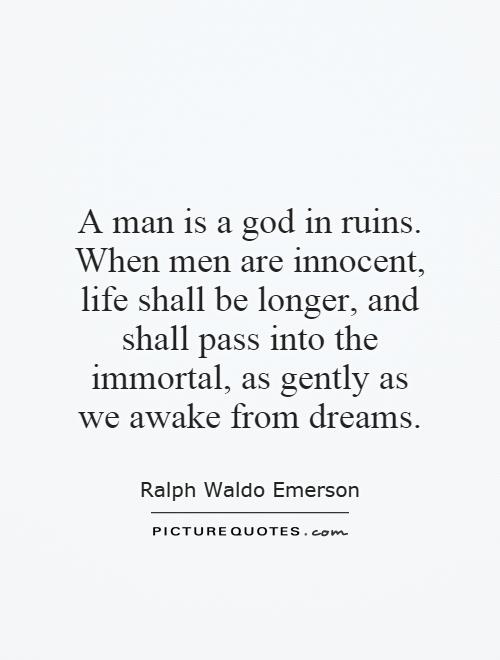 In her companion novel to Life After Life (read my review here), Kate Atkinson revisits the Todd family with a particular focus on the beloved character of Teddy. In Life After Life, Ursula Todd goes through multiple lives to figure out a way to save her brother from dying during WWII when he served as a bombing pilot. What we are delivered in A God in Ruins is the story of Teddy's life.
In her companion novel to Life After Life (read my review here), Kate Atkinson revisits the Todd family with a particular focus on the beloved character of Teddy. In Life After Life, Ursula Todd goes through multiple lives to figure out a way to save her brother from dying during WWII when he served as a bombing pilot. What we are delivered in A God in Ruins is the story of Teddy's life.I use the word "life" because Atkinson makes it vividly clear to readers that even Teddy, for as good and well-intentioned as he is, is not immune to the heartbreak and suffering that is inherent in life. It took me a long time to finish the book, because every chapter was imbued with tiny heart heartbreaks. Unlike Life After Life, Teddy doesn't get a second chance, so what was tortuous to read in Life After Life became bearable through the element of escape whenever Ursula died and was given the chance to do it all over again. A God in Ruins is an unforgiving and beautiful examination of just one character's life and all of the details that make it relatable, painful, and human.
Most readers pick up a book of fiction to escape, and Atkinson provides such a rich world of well realized characters that it actually felt like going home again after being away from the Todd family for a couple of years. Teddy's perspective and experience during WWII is absolutely eye opening in a completely different way from Ursula's experience. After getting inside his character's mind, you can see how the war changed him from an aspiring and traveling poet to a man who keeps the horrors of war locked within himself. Teddy's War is one of danger and probable death at every turn. The psychological ramifications of this are never explored by Teddy, and instead breeds a kind of emotional detachment between himself and the world. (Best not to dwell on morbid thoughts.) This transition is so crucial to understanding Teddy, and after the War his only solace is found by living in partial seclusion in nature. (If this is ringing any Emersonian bells regarding Nature and Experience - I think that is right on track.)
Anyone familiar with Atkinson will recognize the narrative structure and how it doesn't follow a linear format. Atkinson weaves in and out of time and character perspectives so artfully that you never think she's just lost on some tangent. There is always purpose to the details Atkinson chooses to reveal about her characters, and those details are what elevate her work to a gut-wrenching conclusion.
The design of the narrative is so well configured that by the time you reach the end, you feel as though you have experienced an intentional mindfuck (I borrowed this description from a friend who also read the book; it's not eloquent, but it certainly encapsulates the feeling). Atkinson collapses all narrative walls and leaves the reader in the most disturbing place any writer can bring you - to the realization that none of these people actually exist. Then what did I just spend over 400 pages investing in; all those tiny heartbreaks -- what was it all for? It was for the journey. A journey through a host of characters that constitute a family during WWII, and for many generations after. A journey that can make us look at our own lives and consider the way our actions impact everyone and everything. A journey into conscious living.
Every book is a journey. A God in Ruins is a character's journey, Teddy, and how all of Teddy's choices extend through time. This book is also an examination of war, love, nature, art, the chasms between generations, the bonds between siblings, and parenthood. The great thing about Fiction is its ability to take us places, and Atkinson is skilled enough to echo throughout multiple generations the impact of one action. It's beautiful and it's tragic.

No comments:
Post a Comment